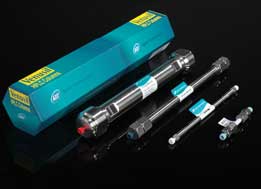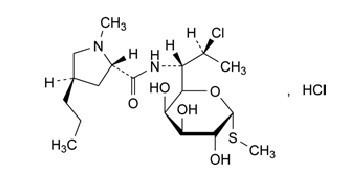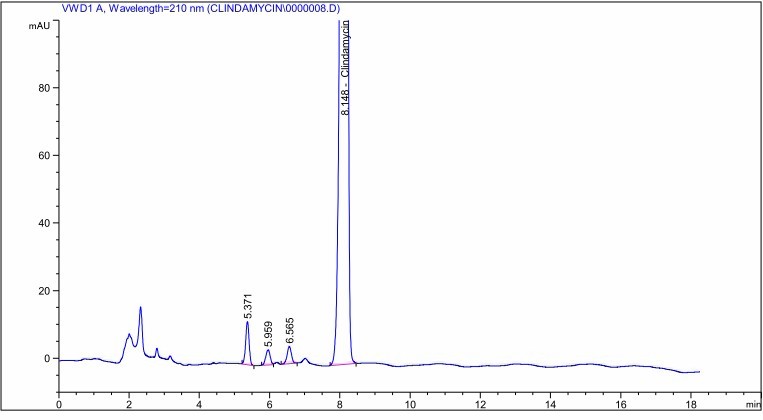Bonna-Agela, a chromatography specialty company, has developed many HPLC methods for Pharmacopoeia applications. Many of these methods using Bonna-Agela columns have been acknowledged by USP-PQRI column database for better solutions of HPLC applications. Some of recent publications using Bonna-Agela's HPLC colums are shown here below:
An oligosorbent-based aptamer affinity column for selective extraction of aflatoxin B2 prior to HPLC with fluorometric detection
H Liu, Y Luan, A Lu, B Li, M Yang, JH Wang - Microchimica Acta, 2018 - Springer
… HPLC separation was performed on a Venusil MP C18 column (250 × 4.6 mm id, particle size
5 μm, Bonna–Agela China). The optimized conditions of HPLC-FLD were as follows: 40 °C for
column temeprature, 0.8 mL min −1 flow rate, 40 μL injection volume, excitation …
HPLC electrochemical detection and quantification of monoamines and their metabolites in rat brain tissue samples
FP Viljoen, JL Du Preez, JC Wessels… - Die Pharmazie-An …, 2018 - ingentaconnect.com
… Africa). 4.1.2. Materials The analytical HPLC column used was a Venusil ASB C8
(purchased from Bonna- Agela Technologies, USA), 4.6 x 250 mm, a particle size
of 5 μm, pore size of 150 Å and a surface area of 200 m2/g. 4.1 …






